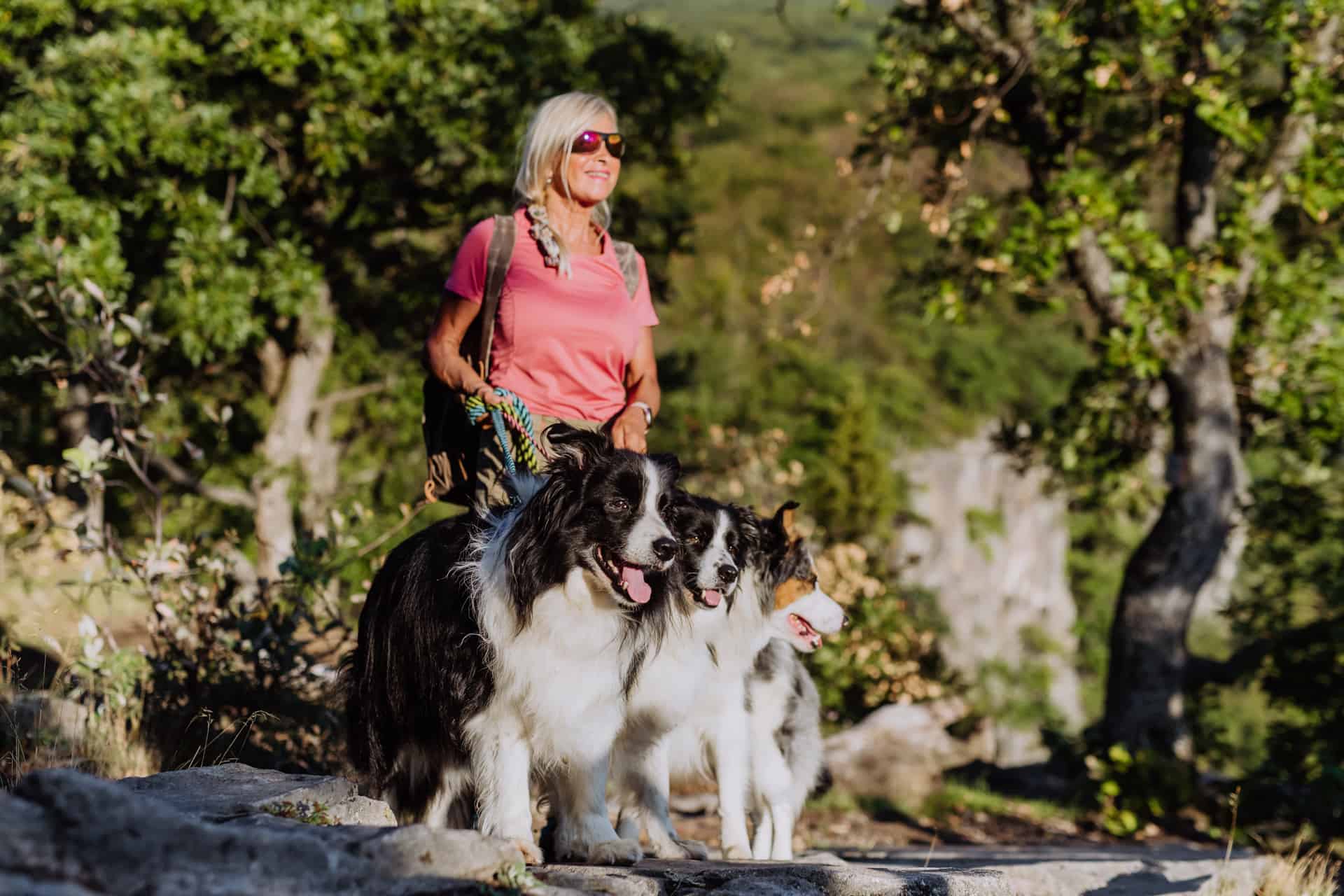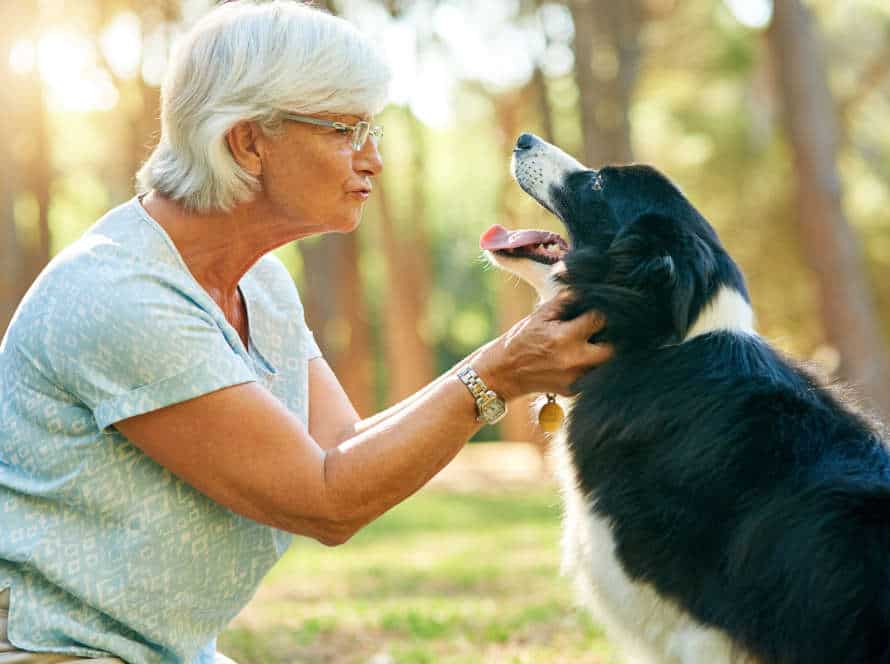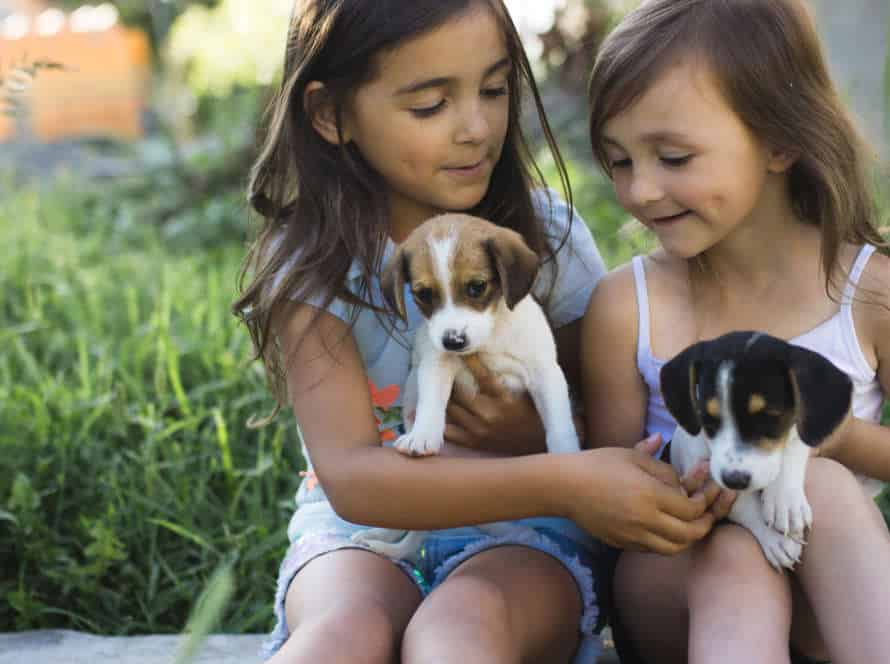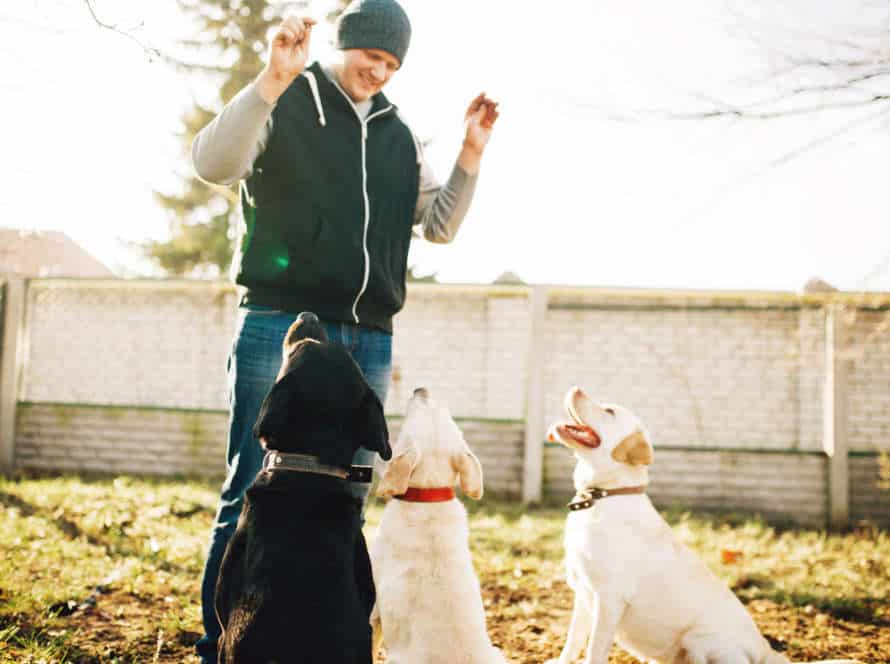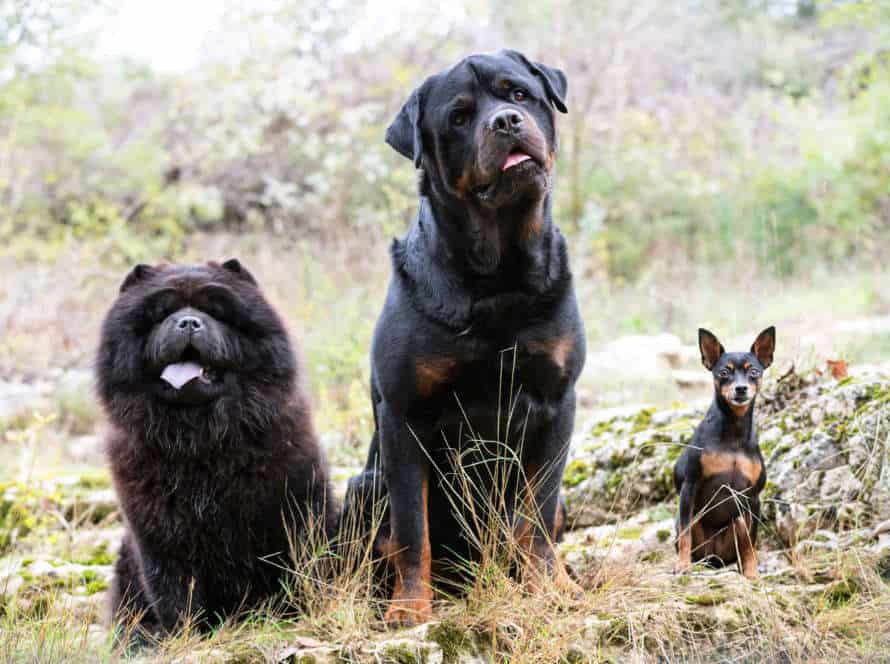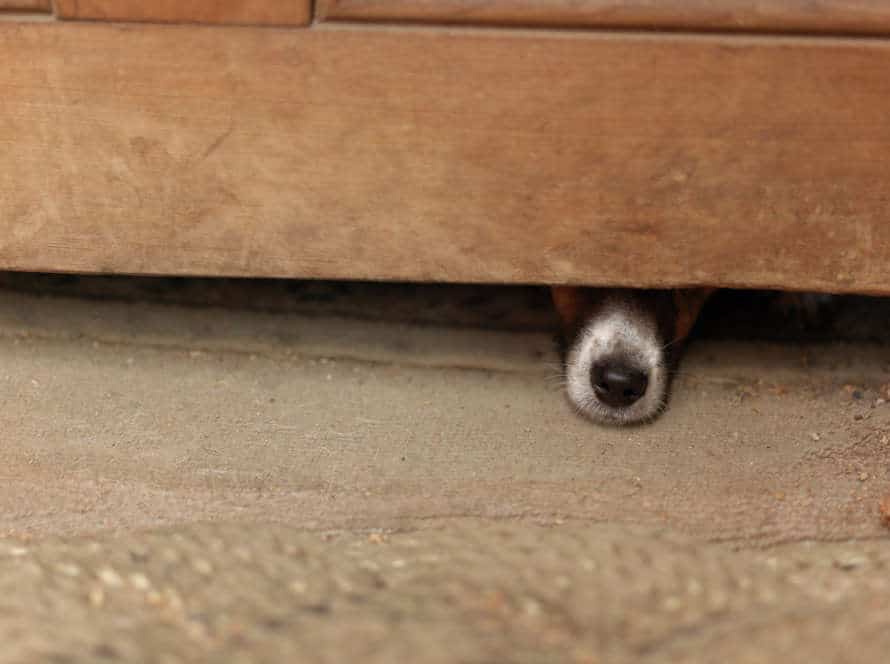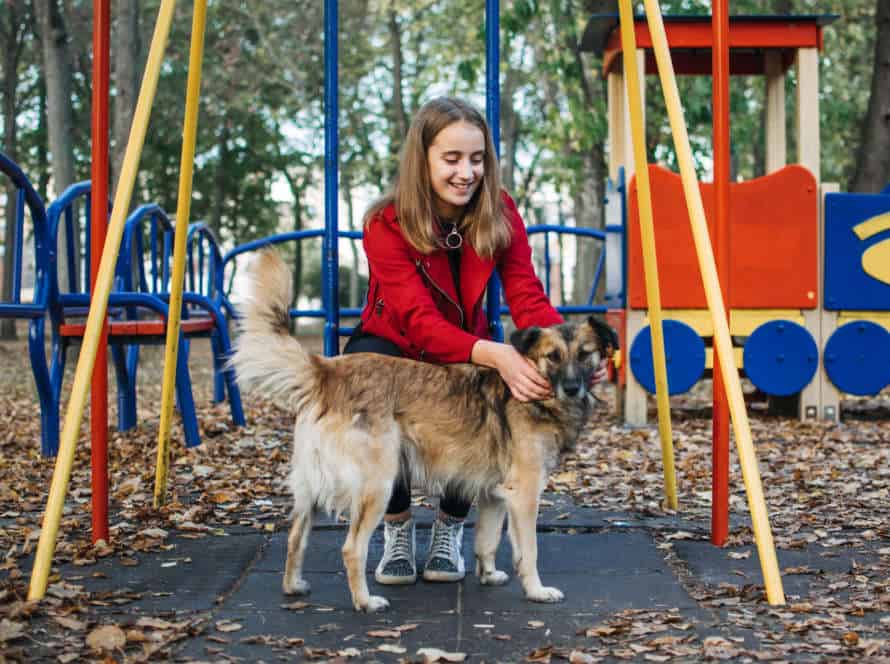Navigating Dog Play Styles: Ensuring Safe and Enjoyable Play
Playtime between dogs can vary a lot – depending on their breed, character, and past experiences. As a responsible pet parent, it’s important to know the different play styles. Here are some tips on navigating them:
- Notice the body language. Check if they feel happy and comfy.
- Don’t let puppies and adults play together.
- Don’t leave them unattended, especially if they’re not familiar.
- Give toys and space. Have plenty of toys, and a wide area for them to play without competing.
By following these tips, you can create a fun and secure playtime for your doggos.
Understanding Dog Play Styles
To comprehend how to let dogs play together securely and happily, it’s essential to recognize the various play styles of canines. Dogs vary in size, form and temperaments. They also have diverse experiences and play styles. Spotting what to look for and responding suitably to varied play styles can lead to a successful and fun play session.
Different types of dog play styles
Grasping the diverse types of pooch play styles is essential to secure a fun and safe playtime for your pup. Here are the five most frequent play styles to note when in the canine park:
- Chasing: Canines that love to chase can be easily identified. They take off after other dogs and savor being chased.
- Wrestling: Dogs that like wrestling are fond of physical contact with each other, such as biting and growling.
- Tug-of-War: Pups that enjoy tug-of-war relish in holding and pulling on toys, sticks, or ropes with another dog.
- Fetch: Canines that like fetching love chasing after toys and bringing them back to the owner.
- Running: Dogs that take pleasure in running like to sprint around and follow other dogs or people in a playful manner.
It is essential to understand that every dog has its own play style, and not all pooches will relish playing in the same way. Monitoring your dog’s body language and behavior can help you recognize their play style and guarantee a secure and enjoyable playtime for everyone.
Recognizing your dog’s play style
It’s key to spot your pup’s play style for a fun yet safe playtime. There’re three types:
- Rough and Tumble: Involves physical contact and wrestling. Dogs that like this usually have tons of energy and like playing with other pups.
- Chase and Retrieve: They love running after toys and usually have a strong prey drive. Plus they enjoy bringing toys back to you.
- Gentle Interaction: More gentle, like nuzzling and sniffing. These dogs are usually more relaxed and prefer quieter playtimes.
By recognizing your pup’s play style, you can make sure their playtime is both fun and safe. You can pick proper playmates, find the right toys and create a secure space that encourages healthy play.
Understanding the importance of matching play styles
Matching play styles between dogs is essential for safe, enjoyable play. Different pups have different personalities and playstyles. Forcing them to interact with dogs who don’t match their energy level can lead to aggressive behavior, stress, or anxiety.
Here are some common play styles and how to recognize them:
- Chase style: Dogs who like running and growling.
- Wrestling style: Dogs who enjoy biting and mock fighting.
- Tug-of-war style: Dogs who pull on toys or ropes.
- Play bow style: Dogs bow down to initiate play.
Understand your pup’s play style. Introduce them to others with matching styles to stop aggression, reduce stress, and ensure a great time. Pro tip: Supervise playtime and intervene if it gets too rough.
Identifying Warning Signs During Play
Dogs are all one-of-a-kind! Keep an eye out when they’re playing. This helps to guarantee that everyone is having fun and staying safe.
When two dogs are playing, there are warning signs to watch for. Let’s learn more about these signs and how to recognize them.
Body language to look out for during play
Playing with your dog can be enjoyable and facilitate bonding. But, it’s important to watch for body language that may show play is becoming dangerous or unenjoyable for participants.
Warning signs to look out for:
- Stiff body: Fear or aggression when body becomes tense.
- Raised fur: Fear, stress or aggression when hair stands on end.
- Growling/snapping: Dog becoming annoyed or frustrated.
- Avoidance: Dog feeling fear, anxiety or discomfort.
- Pinned ears: Fear or stress when ears are pinned back.
Be aware of these signs and interrupt play if necessary. This will help ensure all dogs have a safe and happy time.
Identifying when play is getting too rough
Playing is a must for dogs. It keeps them fit both mentally and physically. But, play that gets too wild may cause harm to them. Thus, as a responsible dog owner, you must identify the signs of rough play. These signs include bared teeth, growling, aggressive behavior, and refusing to stop playing. When you come across these signs, intervene and guide your pup towards a safer play.
Also, knowing your pup’s play style and finding compatible playmates is important. See if your pup loves to roughhouse or prefers gentler play. Find other canine pals with similar tastes.
Remember, have fun yet keep your pup safe and happy while playing.
Separating dogs during play if necessary
Dog play is super important and fun. But, it’s key to know when to separate the dogs while they play. To make sure the fun continues safely, keep an eye on their behavior. Here are a few signs that it’s time to split them up:
- Growling: This means they’re getting defensive.
- Snarling: A sign that one or both are uncomfortable.
- Snapping/Biting: Immediately separate them if this happens.
- Intense Staring: A warning that something’s not right.
- Raised Hackles: When their hairs go up, they’re tense or upset.
Always watch their play and separate them if needed. It’s also good to know their play styles and make sure they are compatible. Pro tip: If you’re not sure, seek help from a dog trainer or behaviorist.
Providing a Safe Play Environment
To keep the playtime safe and fun for dogs, it is important to understand their play styles. The owner needs to be aware of how their pup interacts with others, what kind of play they like, and any triggers that might cause trouble. Knowing your dog’s play style helps provide secure and enjoyable playtime.
Ensuring the play area is secure and free of hazards
Safety for pups is essential for their health and happiness. To guarantee a secure area, these tips help:
- Check for sharp objects, poisonous stuff, or tiny objects that can be swallowed or choked on.
- Fence the play zone to keep dogs in, and too low for them to dig beneath.
- Fill any gaps or holes that could be dangerous.
- Oversee playtime and act quickly if either pooch signals aggression or unease.
By following these steps, you can make sure your doggo’s playtime is fun and secure.
Providing adequate water and shade during playtime
Ensure your pup is safe and happy during playtime by providing water and shade. Here are some tips:
- Always give access to water, especially outdoors.
- Give your canine a shaded spot to cool down on hot days.
- Watch for signs of dehydration, such as fatigue, panting, or loss of appetite.
- Take regular breaks during playtime for resting and hydrating.
- Adjust playtime and location according to weather conditions in extreme temps.
These tips will make sure your dog has a safe, comfortable and satisfying playtime.
Monitoring hot weather and taking necessary precautions
When the weather’s hot, it can be risky for dogs. As a pet parent, you must watch out for this and take steps to keep your pet safe and comfy. Here are tips to help:
- Avoid leaving Fido out in the sun’s hottest parts. Instead, go out when it’s cooler – mornings or evenings.
- Outside, give your pup lots of shade and water. Set up a canopy or put their bowl where they’re in the shade.
- Check for signs of heat exhaustion: panting, drooling, being sluggish. If you see these, bring them in and give them water.
- When it’s hot, change your playtime activities: hide-and-seek, puzzle toys, treat-toys.
By watching carefully, you can make sure your four-legged friend is safe and comfortable even in hot weather.
Socializing your Dog through Playtime
Responsible pet ownership involves socializing your pup with playtime. It’s an awesome way for them to learn to interact with other dogs, develop necessary social techniques, and have fun burning off energy. Remember to know your dog’s play style for a safe, enjoyable time.
Introducing your dog to new playmates
Introducing your pup to new playmates can be exciting, yet somewhat daunting. Socializing your canine through playtime is key for their overall wellbeing and contentment, but it’s essential to comprehend dog play styles for secure and enjoyable play.
Check out these tips for introducing your pup to new playmates:
- Commence with a one-on-one playdate in a non-biased location.
- Monitor their body language and play styles: dogs that are nervous or hostile should not be partnered.
- Allow for pauses and interruptions in playtime: dogs can become overly excited, resulting in unacceptable behavior.
- Supervise playtime and stay involved with the dogs: sidestep being sidetracked by your phone or other tech.
- Maintain regular socialization to reinforce positive play habits and behavior.
By following these instructions, you can guarantee your pup has a fun and safe socialization experience that enhances their life.
Teaching your dog proper playtime etiquette
Training your pup to play nicely is super important. It helps them socialize and makes sure everyone has a good time. Here’s how:
- Supervise: Always keep an eye on them.
- Interrupt: If they act out, stop play.
- Know styles: Understand their play style and others’.
- Praise: Reward them for good behaviour.
Pro Tip: Playing helps your pup learn the ropes. Make sure playtime is safe for everyone involved.
Encouraging positive reinforcement and rewarding good behavior during playtime
Text:
Positive reinforcement and rewarding good behavior during playtime is essential for socializing your pup. Here are some tips:
- Give treats for good behavior, such as sitting or coming when called.
- Verbally praise with words like “good boy/girl” or “well done.”
- Provide toys and praise when they use them positively.
- Set boundaries and reward your pup for following them, such as no biting or jumping.
- Incorporate positive reinforcement to help your pup learn good behavior and build a strong relationship.
Frequently Asked Questions
Q: What are the different play styles dogs may have?
A: Dogs may have different play styles, including chasing, wrestling, fetching, and tug-of-war.
Q: How can I ensure that my dog is safe during playtime?
A: You can ensure your dog’s safety during playtime by observing their behavior, keeping an eye on their playmate, and supervising their playtime.
Q: What should I do if my dog doesn’t seem interested in playing with other dogs?
A: If your dog doesn’t seem interested in playing with other dogs, don’t force them to interact. Respect your dog’s preferences and give them space to relax.
Q: Can all dogs play together safely?
A: Not all dogs can play together safely. You should consider your dog’s size, age, and temperament when arranging playdates.
Q: What are some warning signs that my dog may be uncomfortable during playtime?
A: Some warning signs that your dog may be uncomfortable during playtime include growling, snarling, snapping, and hiding.
Q: Should I intervene if play becomes too rough?
A: Yes, you should intervene if play becomes too rough. Separate the dogs and give them a break if necessary.

